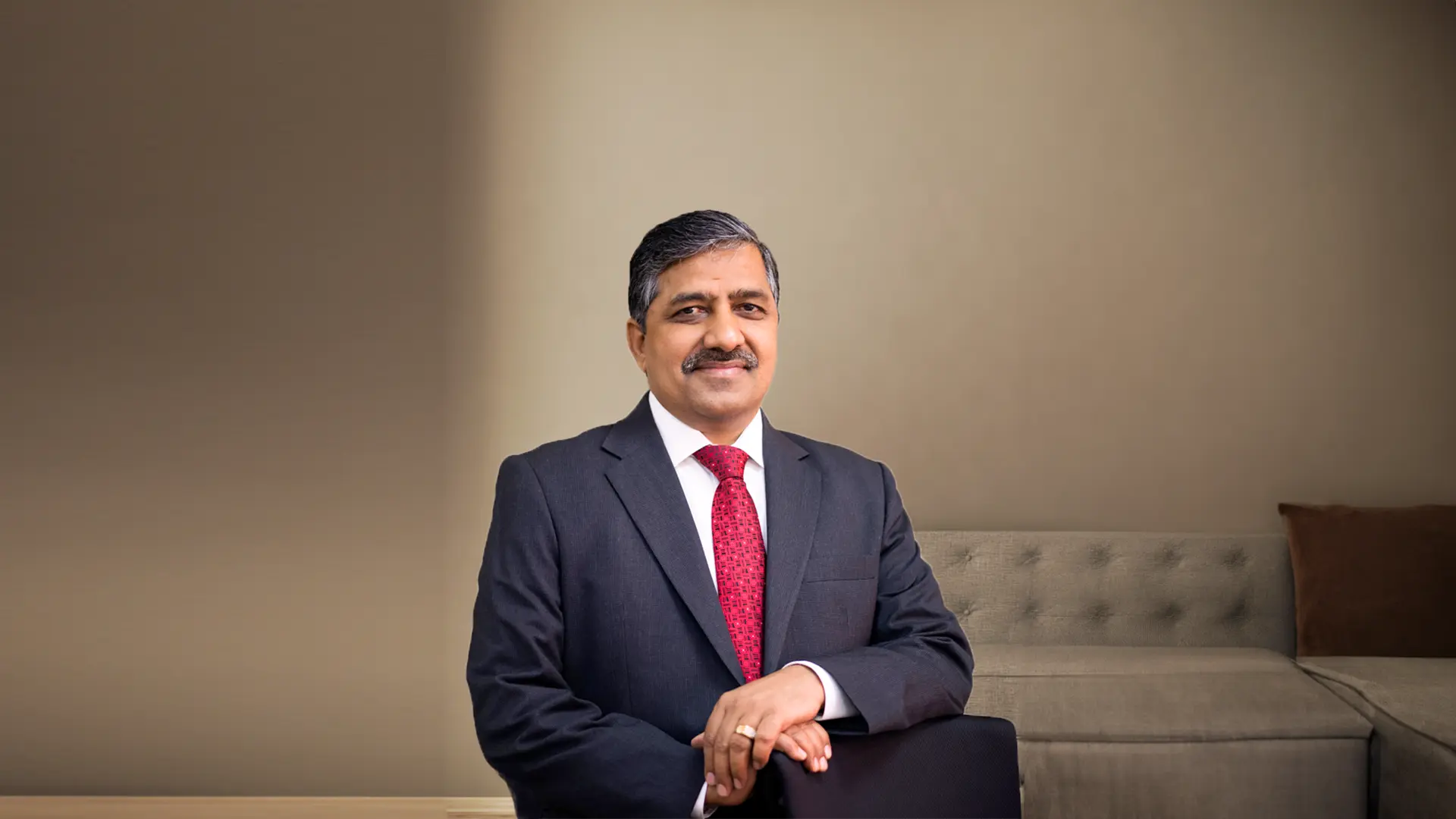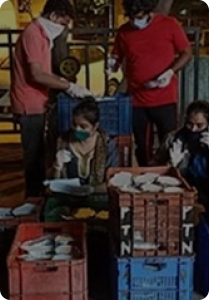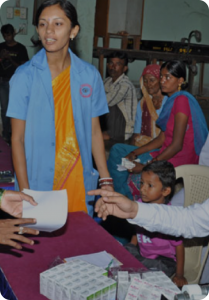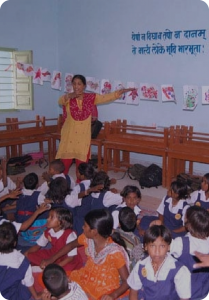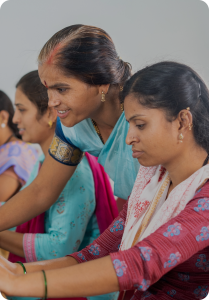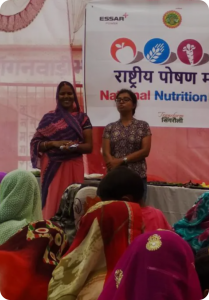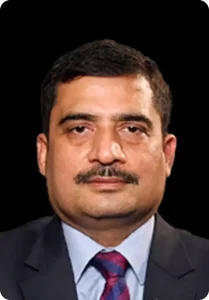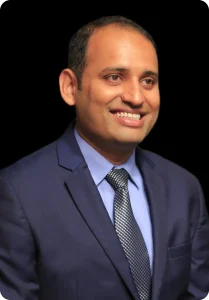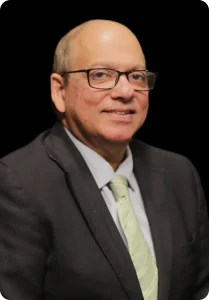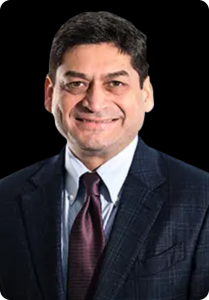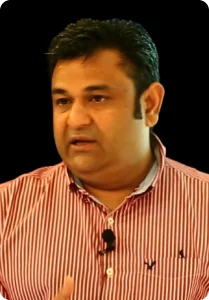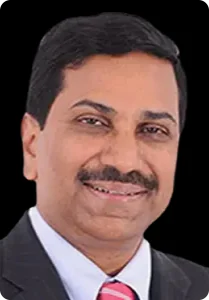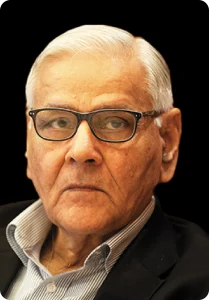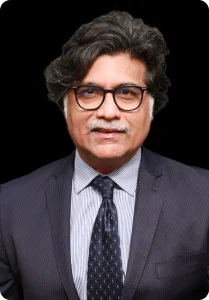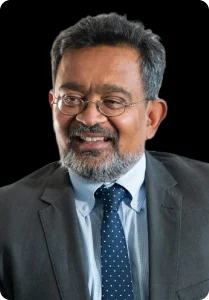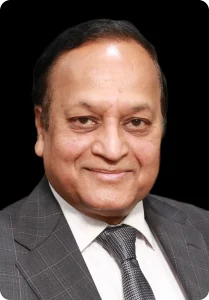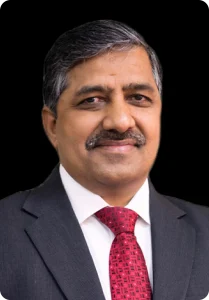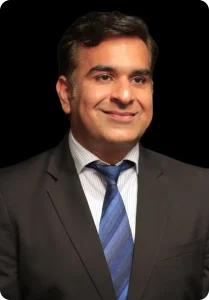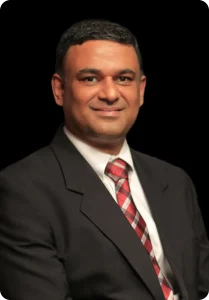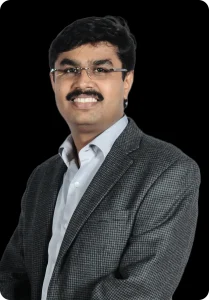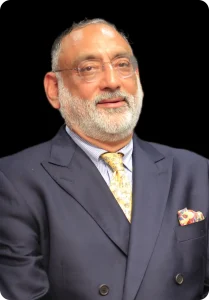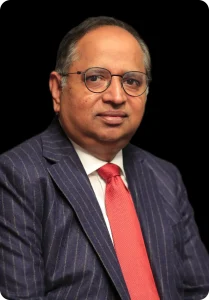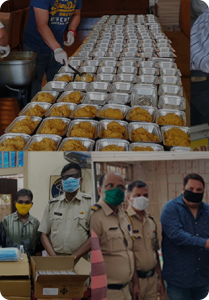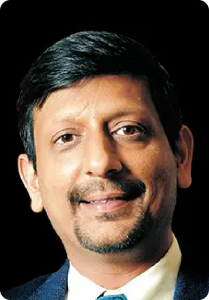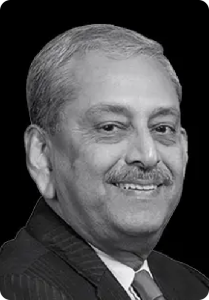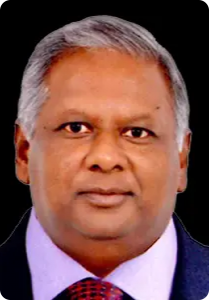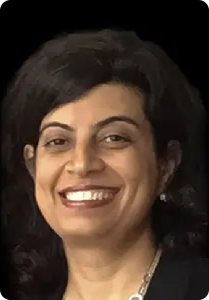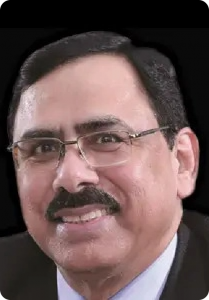Essar Group’s green mobility strategy endeavours to create a low emission ecosystem across India’s freight value chain, from manufacturing clean energy-powered trucks to establishing a clean fuel retailing network, said BC Tripathi, Advisor at Essar Group.
The former GAIL Chairman emphasised that the end-to-end solutions will help decarbonise heavy-duty freight, while maintaining operational efficiency. Edited excerpts:
What is Essar’s strategy for developing its green mobility ecosystem?
Over the past three years, we have actively transitioned our portfolio with a clear focus on building green and sustainable businesses. Currently, we operate a refinery in the UK and are in the process of setting up large retail outlets. Our green mobility ecosystem is built on an integrated approach that covers the entire freight value chain—from manufacturing clean technology trucks through Blue Energy Motors, to operating India’s largest LNG trucking fleet via GreenLine Mobility, and building a scalable LNG and future fuel infrastructure with Ultra Gas & Energy (UGEL).
This end-to-end model enables seamless decarbonisation of heavy-duty freight at scale, while maintaining operational efficiency. Our dual-fuel strategy, combining LNG-powered trucks for long-haul routes and electric trucks for short-haul operations, positions Essar as a pioneer and enabler of India’s clean freight corridor, directly supporting the country’s net-zero ambitions.
What are your plans for developing the LNG-fired trucking ecosystem?
At GreenLine, we have proudly established India’s largest LNG trucking fleet, operating over 700 vehicles across key sectors including steel, cement, FMCG and chemicals.
Building on this strong foundation, our vision is to scale rapidly to a fleet of 10,000 LNG and electric trucks. This ambitious growth will be supported by a $275-million equity investment, led by Exponentia Ventures, Essar’s venture capital arm, along with strategic investors. This capital infusion will accelerate fleet expansion, bolster infrastructure development and drive advanced technology integration.
What is the status of your e-truck venture?
Blue Energy Motors, where Essar is a strategic investor, is developing electric trucks that represent a key extension of the clean mobility ecosystem.
These electric trucks are particularly well-suited for urban and regional short-haul logistics, where electrification offers significant environmental and operational benefits.
The electric trucks will be supported by advanced battery swapping and fast-charging infrastructure, integrated with UGEL’s multi-fuel hubs, ensuring the operational efficiency and reliability essential for large-scale adoption.
How are you planning to scale up infrastructure for your green mobility push?
UGEL is the backbone of Essar’s clean freight infrastructure. We have operationalised six LNG refuelling hubs across key industrial corridors—Bhilwara, Anand, Chakan-Pune, Jalna, Toranagallu and Vallam—each serving up to 600 trucks monthly and significantly displacing diesel.
Our expansion plan aims to build a nationwide network of 100 stations, covering around 85 per cent of India’s long-haul routes. Each UGEL retail outlet is future-ready, with integrated infrastructure to support electric vehicle charging, reinforcing the company’s long-term vision of multi-fuel, low-emission mobility solutions.
Backed by a ₹900-crore investment, expansion is underway across Gujarat, Tamil Nadu, Maharashtra, Rajasthan, Haryana, Punjab, Karnataka, Odisha, Chhattisgarh and Jharkhand, building a robust infrastructure network essential for India’s clean energy and transport transition.
What are your thoughts on the growth of environmentally friendly solutions in the India transport sector?
Heavy-duty freight accounts for nearly 15 per cent of India’s carbon emissions, making it a critical focus for decarbonisation efforts. These vehicles consume approximately 40-45 per cent of the country’s crude oil, primarily refined into diesel for transporting steel, cement, iron ore and other essential goods. Currently, India has nearly four million trucks on the road, and this number is expected to double to around eight million by 2030.
Solutions such as LNG and electric mobility present viable, scalable pathways that balance environmental goals with commercial feasibility. However, for these solutions to achieve their full potential, a comprehensive ecosystem is essential. This includes domestic manufacturing capabilities, extensive fuelling and charging infrastructure, supportive policy frameworks and strong industry collaboration.
Essar’s integrated model demonstrates that with the right investments and vision, clean freight can become mainstream. Continued government support through policies, combined with sustained private sector commitment, will accelerate this green transition, empowering India to meet its climate targets while sustaining robust economic growth.
Source: The Hindu BusinessLine

